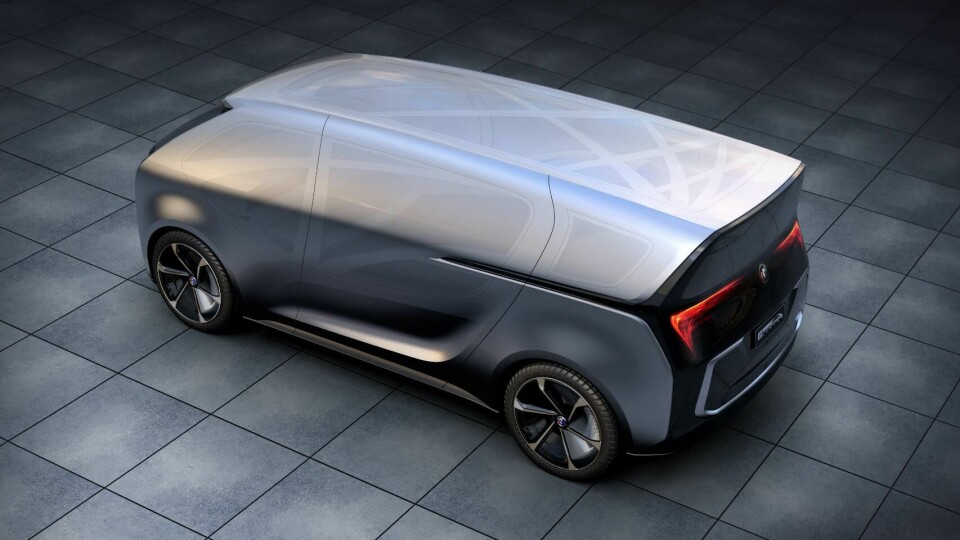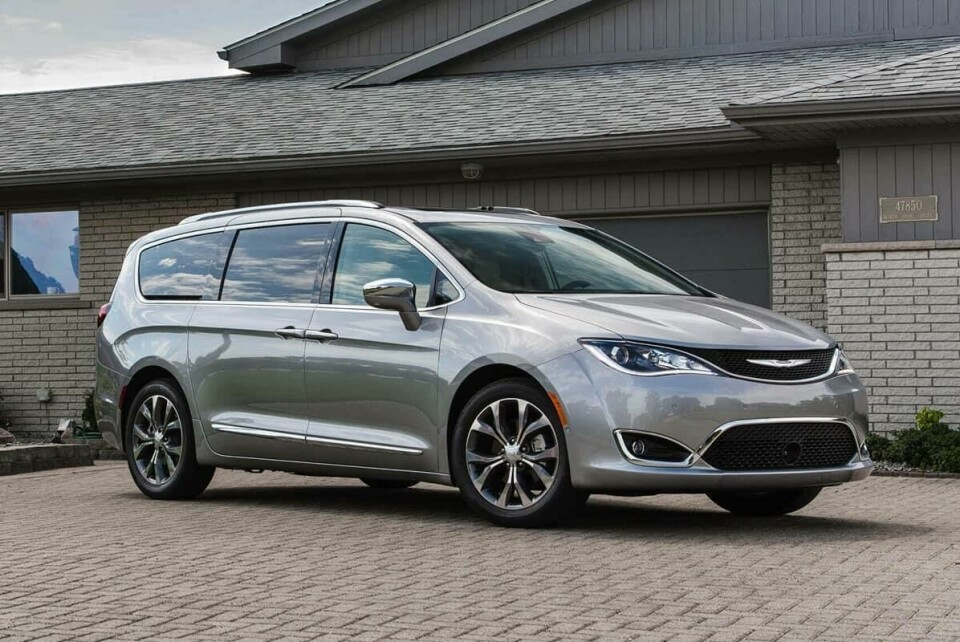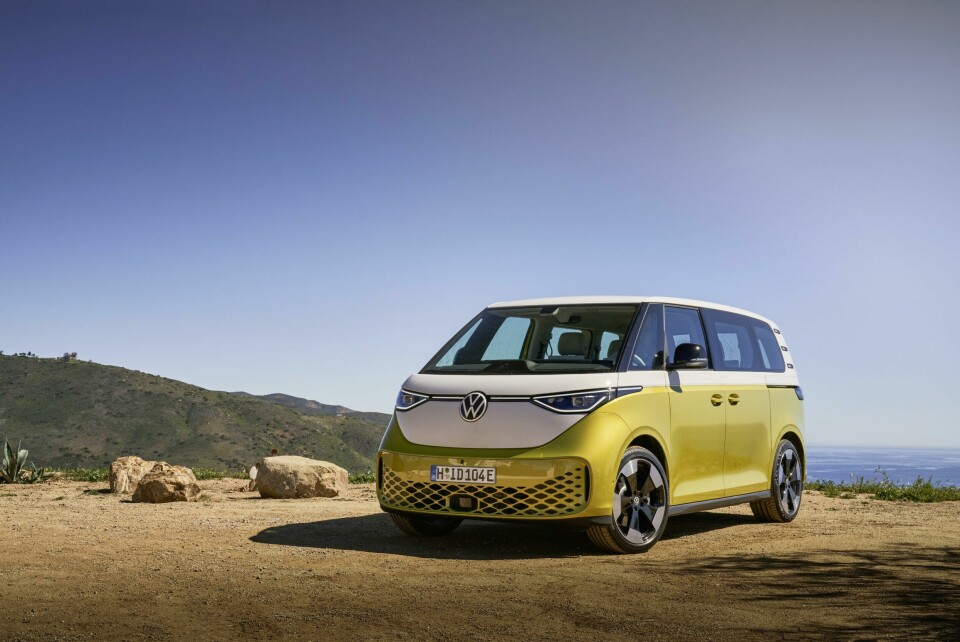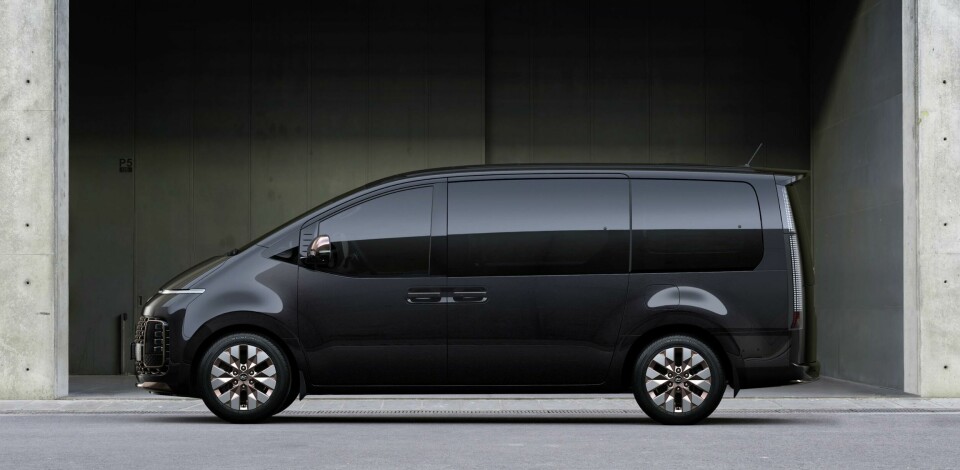
The unlikely resurgence of the MPV
The multi-purpose vehicle has shuttled families around for decades in comfort, but never in style. That is starting to change, with new luxury, utility and even sporty models hitting the road.
The tragedy and disruptions of the pandemic could fill a library – and no doubt someday will. But some of the disruptions have turned into opportunities with unexpected results. One of these is the rediscovery of the multi-purpose vehicle (MPV), which has emerged, in the US at least, as the comeback format of the year.
The MPV has never gone away of course, but its market share has been so drastically reduced that it has been almost a footnote in both design studios and sales figures. Additionally, the MPV suffers from a massive image problem. The Wall Street Journal dubbed them “the fanny pack of automobiles – functional and frumpy.” Ford and GM got out of the MPV business altogether over a decade ago and left Chrysler (who invented the modern MPV) to soldier on, making the most of the limited market opportunities with the format.
But people did not stop having families, and the practicality of the MPV has guaranteed a place in the market. Toyota and Honda have rushed in to make sure Chrysler did not corner the market for the MPV with laudable results in terms of design – both exterior and interior. The Toyota Sienna, now in its 25th year, is the top seller in the US market, with long waiting lists at dealers.

During the pandemic, vehicle sales slowed and then strongly rebounded, with manufacturers and dealers caught with limited inventory. And MPV models, which were formerly shoved to the back of dealers’ lots behind the rows of SUVs, were suddenly front and centre in the inventory. And lo and behold, customers who would have formerly sneered at the thought of even riding in a MPV were entranced with its function and interior room. SUVs suddenly paled in comparison (and weren’t available anyway).
Not only families but individuals who biked or camped saw the opportunities inherent in the boxy format. Luxury touches that are more commonly associated with SUVs and higher-end sedans only added to the package. Sales of new and used MPVs have spiked this year commanding the largest price increases of any format.
“Exterior design, once limited to a few character lines enlivening a people-box, has evolved into a much more sculptural affair”
The sudden availability of MPVs has introduced the format to new customers, but it has been the function and interior design that ultimately make the sale. ‘Peak Minivan’ occurred in the year 2000 in the US and the offerings then were primitive by today’s standards. A new generation of potential buyers is impressed by the array of luxury appointments available, many of them trickling down from luxury sedans and SUVs in the last few years. As these features became standard on higher margin cars, they have quietly made their way into the MPV interior.

Functional features also remain buyers’ favorites, including the volume inherent in the MPV package, the sliding doors, and removable seats – the latter two being especially attractive to those hauling gear or heading to the great outdoors.
Exterior design, once limited to a few character lines enlivening a people-box, has evolved into a much more sculptural affair. Toyota’s Sienna has sculpted flanks that would have seemed unthinkable a generation ago, but design and engineering have brought a stronger three-dimensional aesthetic to the box, with suggestions of interesting designs to come.
In contrast, the retro-futuristic Hyundai Staria, a smooth monospace form with a ginormous glasshouse and the latest high-tech interior appointments, brings a new, cleaner aesthetic to the MPV format.

The performance MPV, once considered an oxymoron, has been recently brought to the forefront of enthusiasts’ consciousness with Ford’s introduction of its Supervan concept in Barcelona this Spring, and the subsequent hillclimb at Goodwood. An example of electric high-performance power and experimental aerodynamics, the SuperVan brought the possibility of high performance to the MPV format.
Of course, long time fans of Renault will recall with fondness the Espace F1 concept of 1994 built over the chassis of Alain Prost’s 1993 Formula 1 car and featuring V10 F1 engine, a carbon-fibre body and four (!) racing seats.
The idea of a luxury MPV has also been something of an oxymoron, but Toyota has sold the Vellfire and Alphard luxury MPVs for two decades. Absent from the US market but widely known in Asia and in the Middle East, the Vellfire and Alphard have limousine-like luxury appointments, perfect for an executive car.
“It is increasingly possible to imagine the MPV as a lifelong format”
The new Chinese automaker Zeekr, a division of Geely, has teased a luxury MPV, the 009. Very boxy and formal, with a grille that says luxury, the Zeekr seems to aspire to setting a standard for luxury electric MPVs to come. Consider also the striking GAC Space concept, revealed in July.
And Buick, which sells the luxury GL8 in China, has also introduced a limousine-like concept, the Buick Smart Pod, which eschews any traditional notions of ‘MPV-ness’ and adopts an executive lounge interior with autonomous drive, a retractable screen and two throne-like seats for the corporate potentates (retractable jump seats are included should the assistants need to hitch a ride).
And what of the future? The family hauler will probably always be the default mode for the MPV. Versatile and functional, it is easy to integrate into family life. But it is increasingly possible to imagine the MPV as a lifelong format for some buyers. Young buyers can purchase a sporty, functional MPV with room for gear and a sheltered place for camping or weekend trips to Glastonbury or Coachella (the VW Microbus has already been the go-to for these activities for generations).
During the family years, the traditional MPV would be the default mode for family transport. And finally, empty-nesters could move into a more luxurious personal limousine format like the Smart Pod. The platforms for these would probably be similar, so design, both interior and exterior, would create the format variations and distinctives between models.
And looking even further into the future, the late Syd Mead, as usual, has shown us the dream vehicle. The Hypervan is a 2005 concept that seems as fresh and futuristic as the day it was presented. Mead’s Hypervan shows us there is still much to reach for in the design of the MPV, both now and well into the future.










